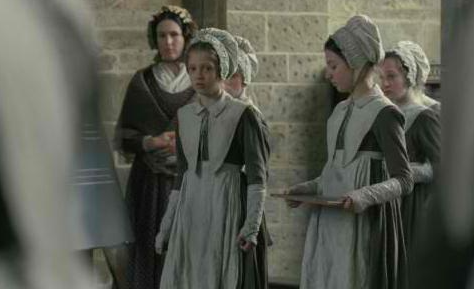The Depiction of Poverty in Jane Eyre
The exploration of poverty in “Jane Eyre” offers valuable insights into social class and human resilience. Charlotte Brontë’s novel not only illustrates the stark realities of economic hardship but also highlights the inner strength of those who face it. Understanding these themes can deepen our appreciation of the characters and their journeys.
Poverty as a Form of Oppression
At the heart of “Jane Eyre” is the experience of poverty as a form of oppression. From the very beginning, Jane faces a bleak existence with her aunt, Mrs. Reed, who treats her as an unwelcome burden. This early portrayal of Jane’s mistreatment due to her low status sets the stage for her struggles throughout the novel. Poverty is not just a backdrop; it fundamentally shapes Jane’s identity and her relationships. She yearns for equality and belonging, demonstrating how economic hardship can stifle an individual’s potential while also igniting a desire for more.
The Contrast of Wealth and Poverty
Brontë employs stark contrasts between wealth and poverty to illuminate social disparities of her time. Thornfield Hall, where Jane later finds work, stands as a symbol of wealth and privilege. Yet, beneath its grandeur lies the hidden suffering of its inhabitants, most notably the mysterious Bertha Mason. This duality serves to question the morality of wealth in a society that allows such inequities to persist. Through Jane’s interactions across different social classes, readers witness the complexities of human relationships influenced by socioeconomic status. Brontë invites us to consider how wealth can provide comfort, yet also breed isolation and anguish.
Resilience in the Face of Hardship
Despite her challenges, Jane Eyre embodies resilience and the pursuit of self-worth. Her determination to overcome poverty not only propels her character but inspires readers to reflect on their own struggles. Jane’s journey from a powerless orphan to an independent woman resonates as a testament to her strength. Brontë illuminates the idea that poverty does not define one’s value or capabilities. Instead, it is the response to hardship—courage, perseverance, and integrity—that ultimately shapes one’s identity and destiny.
In conclusion, the depiction of poverty in “Jane Eyre” serves as a powerful lens through which we can examine social class, human resilience, and the complexities of human relationships. Brontë’s insights remain relevant today, reminding us that the struggles against inequality and the quest for dignity are ongoing. For those interested in exploring these themes further, delving into the nuances of Brontë’s characters can be a rewarding journey. Engaging with literary discussions or re-reading the novel through a modern lens can enhance understanding of its timeless themes.
